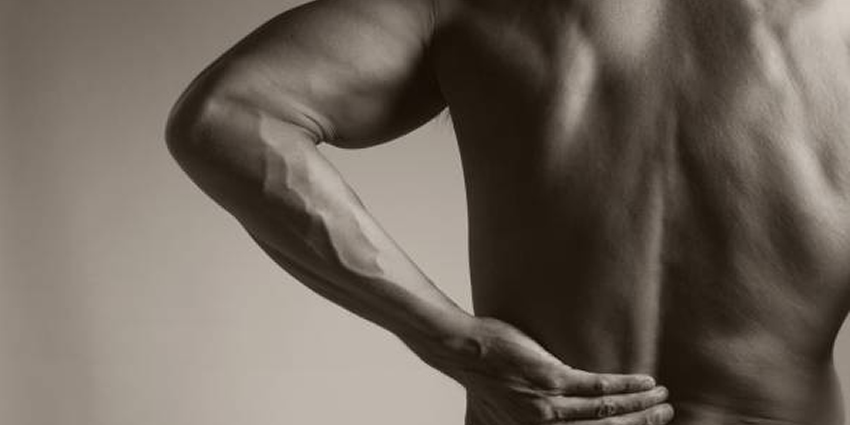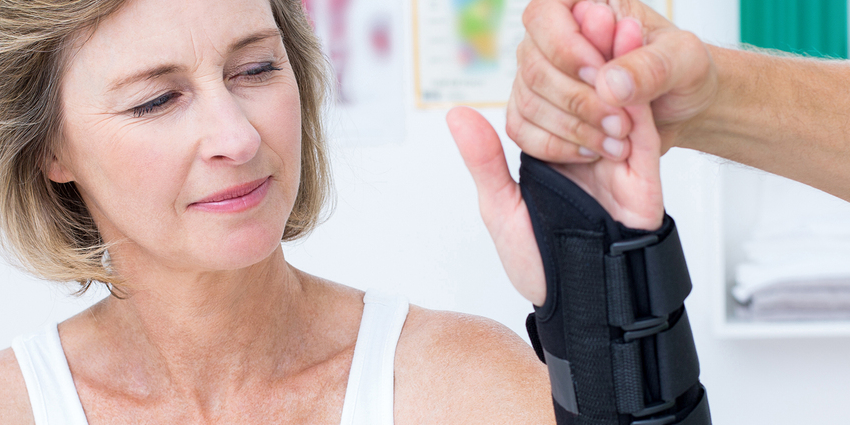Dry Cupping therapy is an ancient form of alternative medicine in which a therapist uses special cups on your skin for a few minutes to create suction. Therapists apply glass, bamboo or silicone cups to the skin for a few minutes to create suction. It increases blood circulation to the area where the cups are placed. This may relieve muscle tension, which can improve overall blood flow and promote cell repair.
During Dry Cupping, the cups are placed over several areas to create a vacuum which lifts the soft tissue and creates an upward stretch within the muscle and associated fascia. This vacuum lift helps to increase blood flow and induces a stretch effect, which results in a reduction in muscle tension and associated pain. The cups can either be left in a static position or moved to provide a deep tissue massage effect.
History of Cupping therapy
Cupping was established as an official therapeutic practice in the 1950s across hospitals in China after research conducted by Chinese and former Soviet Union acupuncturists confirmed cupping’s effectiveness. Prior to the 1950s, cupping had also been practiced as an auxiliary method in traditional Chinese surgery.
The procedure of dry cupping therapy
The cups used in this process are made of glass, plastic, bamboo, iron or pottery. The most popular ones are glass and plastic.
In dry cupping therapy, the therapist will soak a cotton ball in alcohol, light it and place the ball inside the cup. This will help to remove the oxygen from the cup, creating a suction which makes it easier to attach the cup to the skin. The other ways to create suction includes the cup over a small flame.
The cups are usually placed on the back, stomach arms and legs and are left on the skin for several minutes while the patient relaxes.
Benefits of dry cupping
- This treatment is valuable for the lung and can clear congestion from a common cold or help to control a person’s asthma. In fact, respiratory conditions are one of the most common maladies that cupping is used to relieve.
- Cupping’s detoxifying effect on skin and circulatory system is also significant, with a visible improvement in skin color after three to five treatments. Cupping removes toxins and improves blood flow through the veins and arteries. Especially useful for athletes is cupping’s potential to relieve muscle spasms.
- Cupping also affects the digestive system. A few benefits include improved metabolism, relief from constipation, a healthy appetite, and stronger digestion.
Our Dry Cupping is an effective drugless therapy that is used to treat a variety of conditions including constipation, joint pain, migraines, fatigue, shoulder tension, asthma, and rheumatoid arthritis.


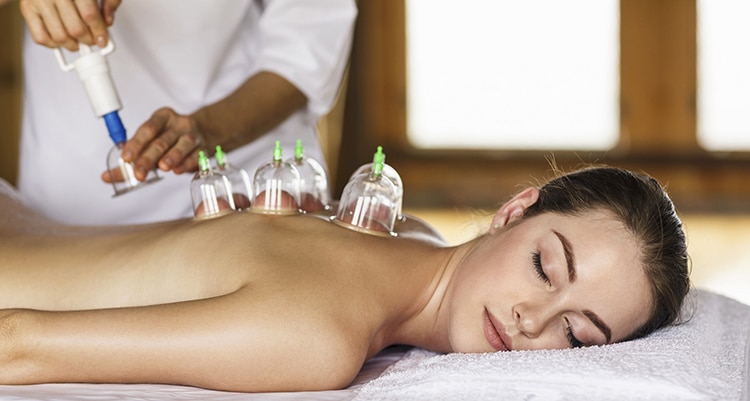
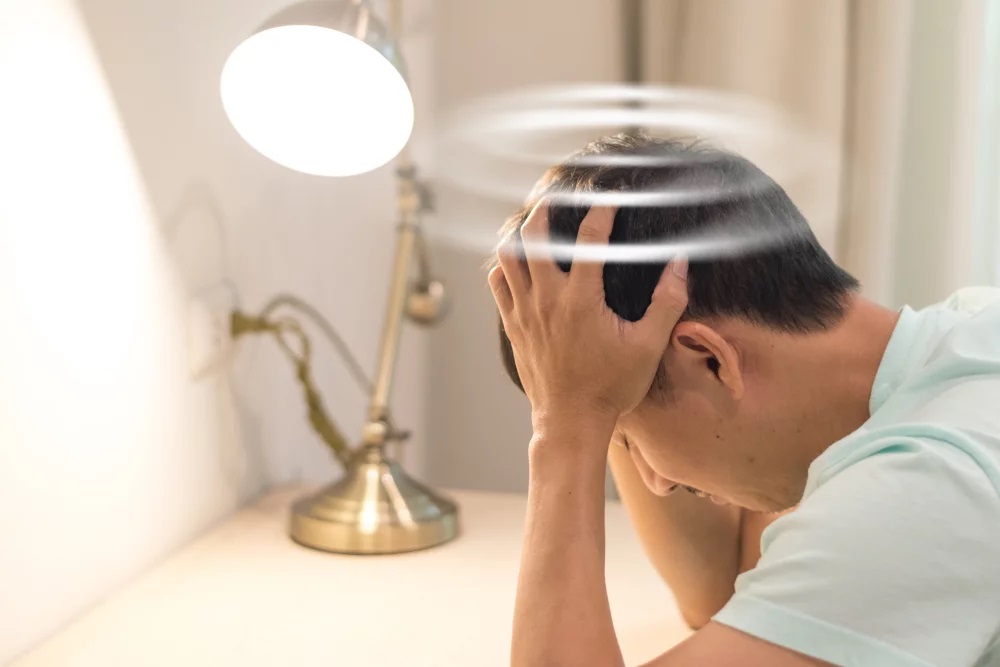
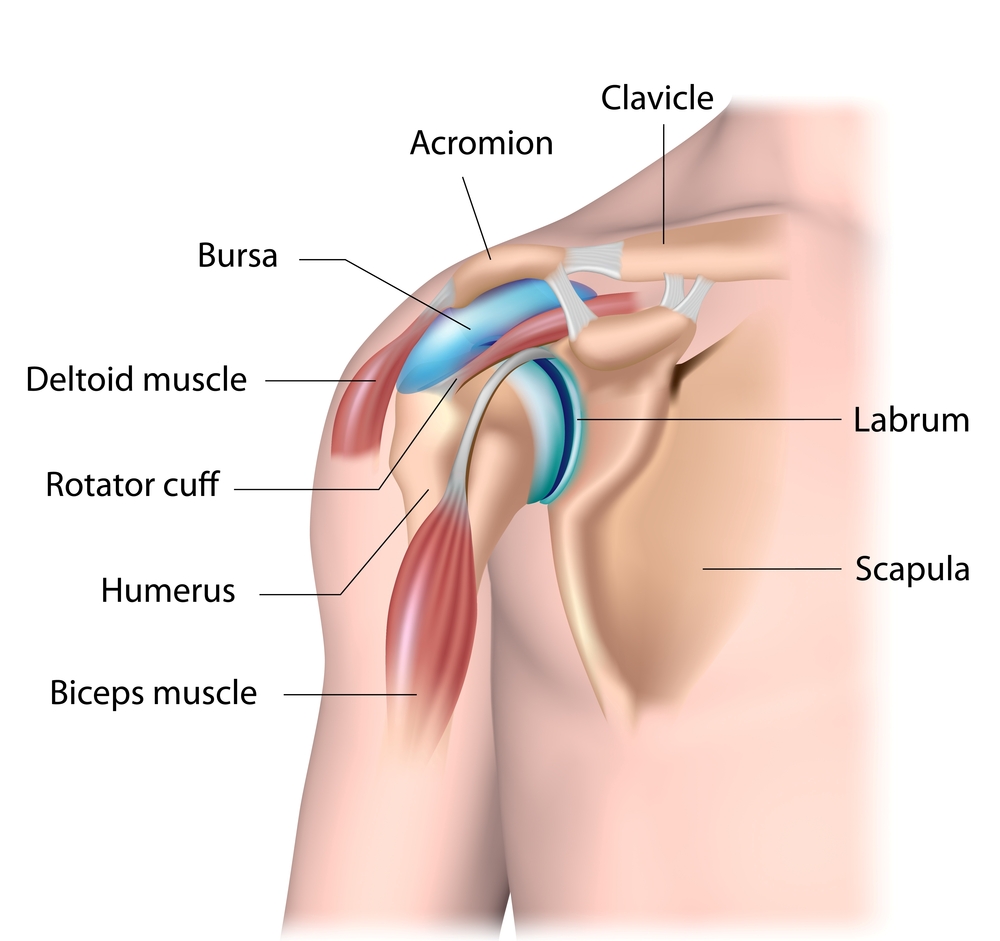
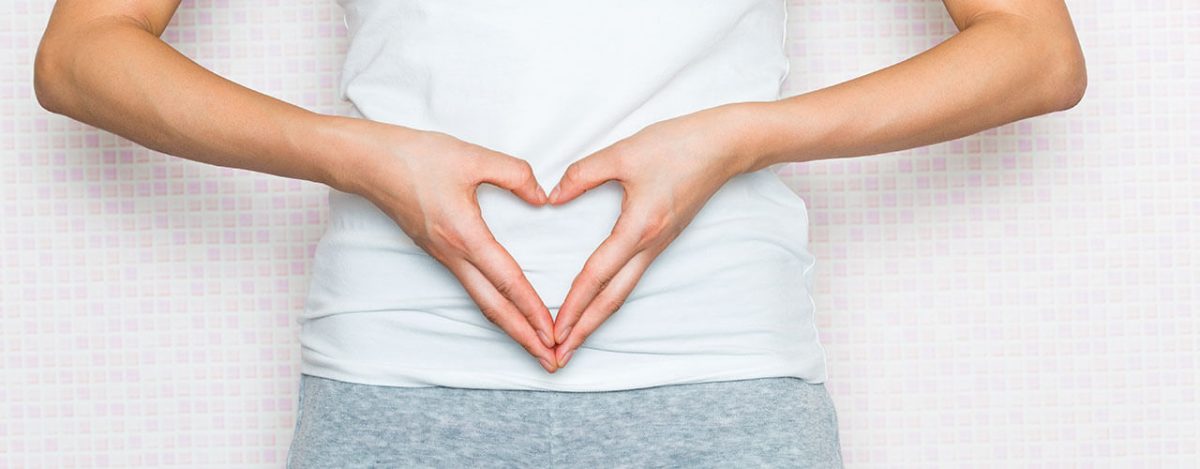
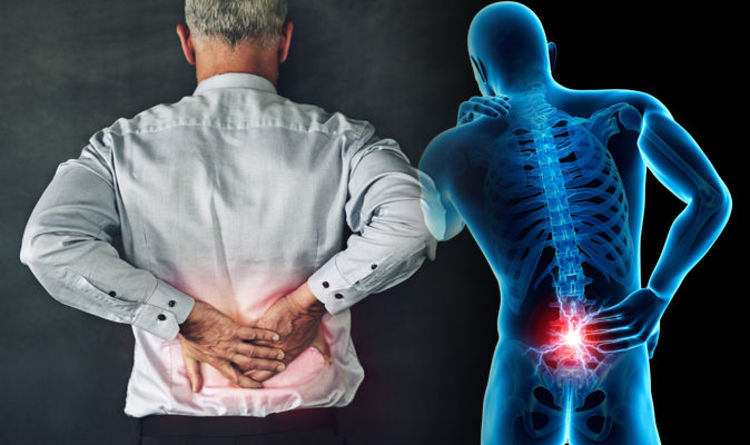
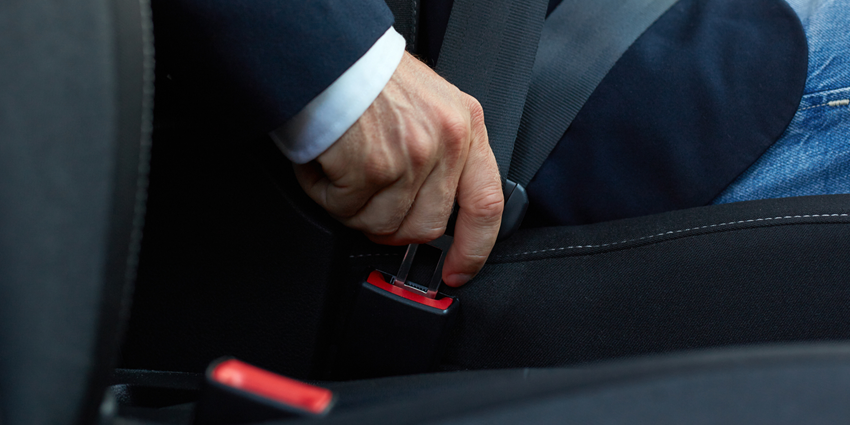
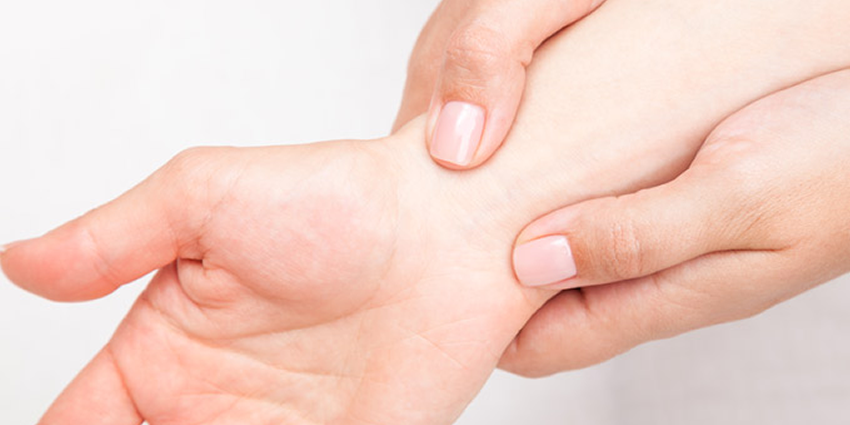
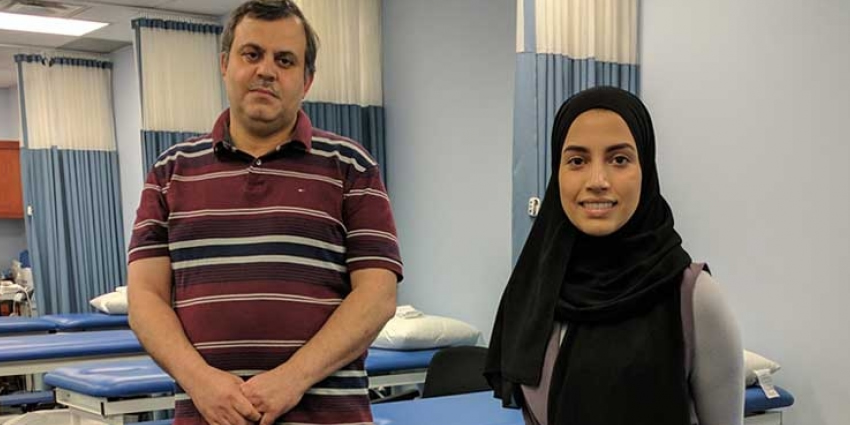
 Physiotherapy is a physical means to treat health problems. Best known for treating issues such as muscle pain, Fouda explains that it can also help in many other ways, “It can help people who are having breathing problems, like asthma. Some dermatological problems require phototherapy. Other issues may be treated with hydrotherapy, so you work with the patient in a pool. If you have back problems, we can use spinal decompression.”
Physiotherapy is a physical means to treat health problems. Best known for treating issues such as muscle pain, Fouda explains that it can also help in many other ways, “It can help people who are having breathing problems, like asthma. Some dermatological problems require phototherapy. Other issues may be treated with hydrotherapy, so you work with the patient in a pool. If you have back problems, we can use spinal decompression.”
